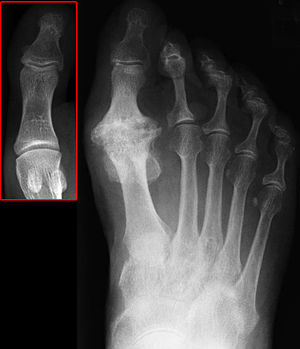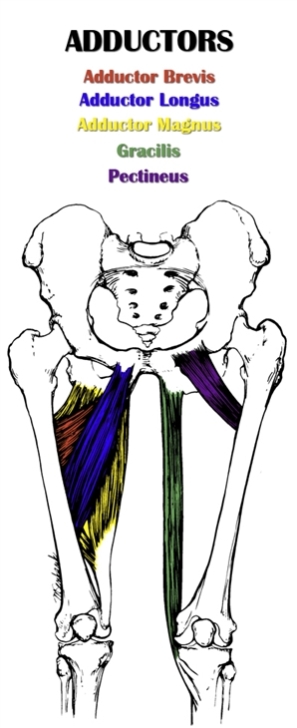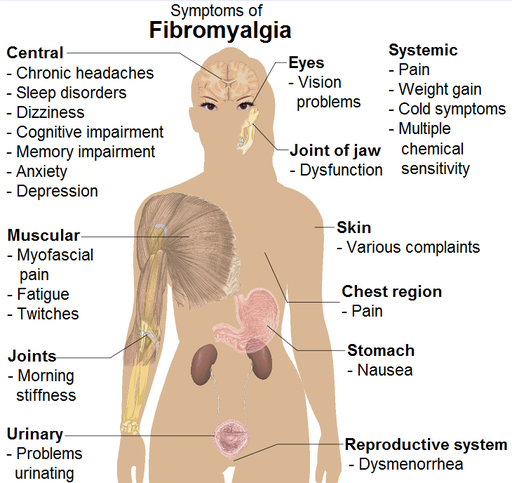We’ve talked about bone spurs before but one thing we haven’t talked about is the number of people we see in a given week with big toe pain and inflammation, often limiting their activities. This pain however is, many times, not due to bunions, bone spurs or bone displacement, but rather due to a condition called Hallux Rigidus or roughly translated, “stuff big toe.”
Hallux Rigidus is the condition of arthritis affecting the big toe and can be very troublesome and even disabling, since we use the big toe much more than we realize when walking, stooping, climbing or even standing.
At the base of the big toe is the metatarophalangeal joint, or MTP joint made up of the long bone of the forefoot, and the small bone of the big toe. Due to the mechanics of our feet, this joint becomes especially prone to developing arthritis. This big toe arthritis, is the most common type of arthritis in the foot and because this is a progressive condition, the toe’s motion decreases over time. If left untreated, it can potentially reach the point where the big toe becomes so stiff it is sometimes called a “frozen joint.”
The most common symptom is pain around the base of the big toe. This pain is heightened with increased activity, especially running or jumping. We always recommend that you have the toe x-rayed and diagnosed by a physician before treating you with massage.Your doctor can test joint mobility as well as determine the extent of the arthritis.
Treatments include:
• Wearing stiff-soled shoes which limits motion at the base of the big toe. Custom orthotics can also be made for your existing footwear.
• Massage which can help relieve some of the pain and pressure surrounding the joint.
• Foot exercises like those we showcased in a previous post, including rolling your foot on tennis or golf balls.
• Supplements like super blue green algae and oatmeal or mud soaks to relieve stress and soothe skin of the feet.
• Anti-Inflammatory Medications will also help to decrease pain and swelling at areas of inflammation as will the use of an arnica cream or gel.
• If the pain becomes unbearable your physician may suggest an injection of cortisone.
• Surgery is last and for some, the best treatment for hallux rigidus, especially if more conservative measures prove to be ineffective for you. The two most common surgical procedures are chilectomy or an arthrodesis. A chilectomy will remove any bone spurs that may have developed in the area as a result of Hallux Rigidus, this helps to clear up any blocks to the joint motion caused by the spur. But if worn joint cartilage is your problem, a chilectomy will not help the pain. Arthrodesis, or fusion, on the other hand can be an excellent procedure for eliminating pain, but it will cause permanent rigidity of the toe at its base.





